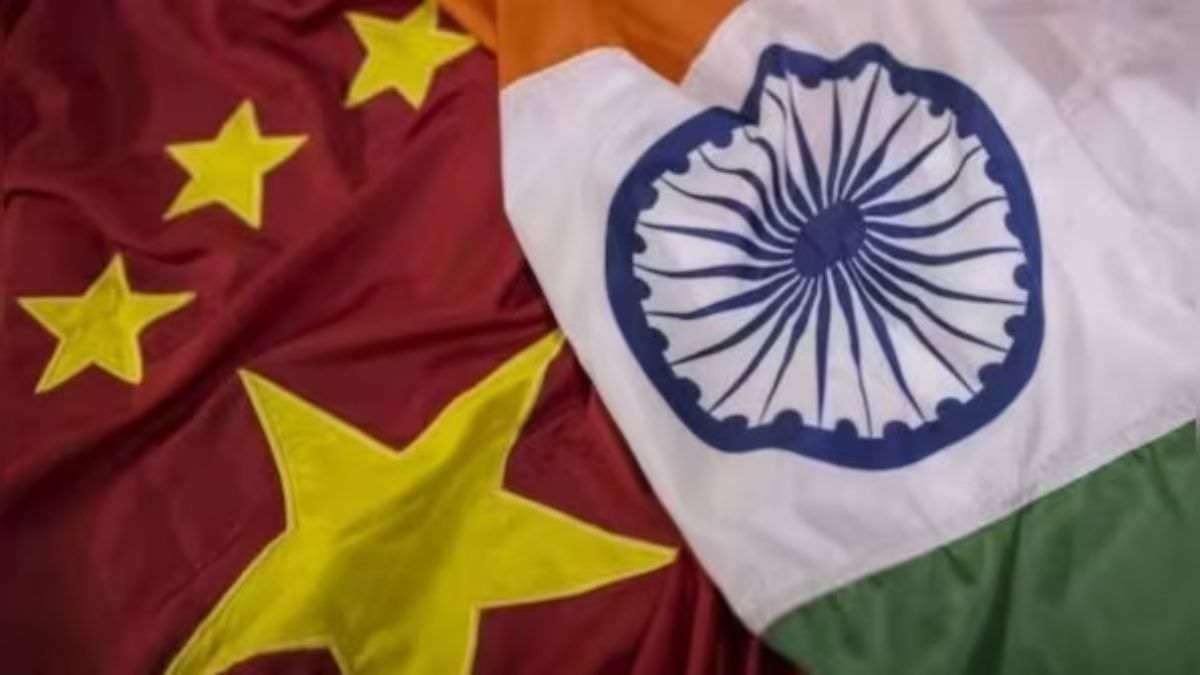Some 2,300 years ago, Aristotle said fiction had three parts: beginning, middle and end. About a century ago, this turned into a playful advice on building fictional narrative, which even Steven Spielberg once talked about. It’s this:
Act 1: Send the main character up a tree. Act 2: Throw rocks at him. Act 3: Get him down the tree. Story over.
Fiction writers and teachers now also talk of plenty of other elements including conflict and resolution, but many successful books and movies still broadly fall into the three-act configuration.
And techniques of fiction are also being increasingly used in two important areas. One is “narrative non-fiction”, which employs devices of fiction to tell an entertaining but factual story. And the other is election campaigning which successful politicians sex up with story-telling devices.
Mark McKinnon, one of the most successful political strategists in the United States, in a short film How To Win An Election produced by Sarah Klein and Tom Mason, says, “People don’t go to movies and they don’t read a book unless there is a story. It’s the same thing with campaigns. Successful campaigns tell a story.” Klein and Mason point out : “Candidates running for office work hard to reduce the complexities of the modern world into simple, soundbite-friendly stories.”
Says McKinnon, the media strategist for many campaigns including those of George W Bush in 2000 and 2004: “Great story-telling is not about ideology. Great story-telling is about great story-telling … Voters think in very simple ways. They want things communicated in an organised, compelling and simple fashion."
The American strategist talks of a “narrative arc” comprising threat, victim, villain, resolution and hero. He says that the template for the 2004 campaign for the second term of Bush was:
Threat: International terrorism Victims: 9/11 (kind of) victims Villain: Al Qaeda Resolution: Very aggressive policy against terrorism Hero: George Bush
Modi’s winning package
Whether Prime Minister Narendra Modi will win a second term or not, he had his own narrative arcs in 2014 and now for 2019. One of the new ones is:
Threat: National Security Victim: India Villains: Pakistan and Opposition parties Resolution: An aggressive India Hero: Narendra Modi
And the story of national security is only one of several to be told in 2019. There are other themes: jobs, farm distress, cow-related violence or the Rafale deal, for example. One could depend upon Modi to turn each of these on its head into a new story with the Opposition being the villain instead of him, and he as the hero, a turnaround which he is already doing with some degree of apparent success.
Modi is arguably a better campaigner than Bush. That’s because Modi is also sufficiently endowed with the oratorical skills of Bush’s successor Barack Obama. It’s of little consequence to ordinary voters that Modi’s speeches lack the literary traits and dignified composure of some of Obama’s discourses. But with liberal doses of hyperbole, anecdote, maudlin metaphor, hand gesticulations and voice modulation— alternating between booming high decibels to whispering tones — Modi knows how to hold audiences in thrall.
As in the case of Bush and other successful campaigners, the fiction-style election narrative is never a formal sentence-by-sentence rendition but a subliminal text that hits the subconscious part of the listener’s brain. The audience hears a speech but has the name of hero ringing in ears—that’s if the story is having the intended effect, as it did for Modi in 2014.
In 2014, it all worked like a miracle to transform Modi from a regional satrap tainted with 2002 Gujarat riots to a national hero who could be India’s driver of change. It wasn’t simply what he said and why he said it but equally importantly how he said it. At meeting after meeting, he ratcheted up the need for change and convinced most people that he was the man who could bring it about.
The BJP’s 2014 rhetoric and slogans almost wrote themselves with the 10-year-rule of UPA afflicted with scams and administrative paralysis. The content may have been cherry-picked by a team of marketing geniuses or political strategists — but the narrative package was evidently Modi’s own.
With one term gone and with Modi’s delivery falling short of promises, the stuff of his narrative will inevitably change now but his story-telling techniques won’t. He may have no reason — at least not as yet with the first phase of polling still a month away — to suspect his 2014 playbook won’t work now.
If the prime minister’s “I-am-the-hero” narrative must fail, the Opposition must come up with a convincing “he-is-the-villain” counter-tale, but there is no sign of any such thing other than the dumbing-down speeches of its sundry leaders, especially Congress president Rahul Gandhi. Opposition confusion over a counter-narrative, however, may not mean an automatic landslide for Modi, but it’s a good basis for his optimism — at least for now.
Author tweets @sprasadindia
)
)
)
)
)